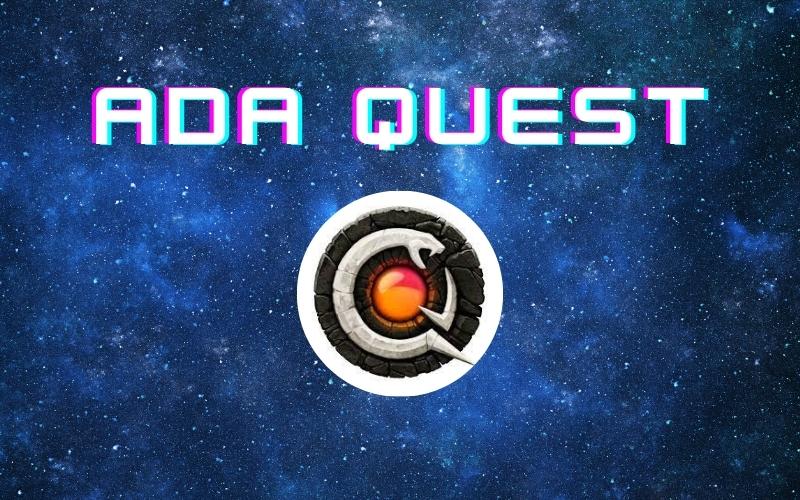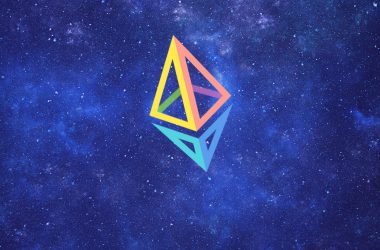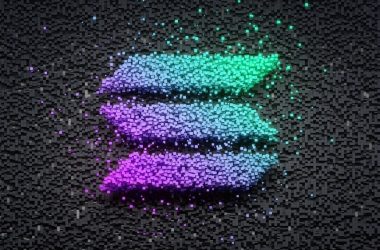AdaQuest is one of the P2E games to gain prominence, after joining the Cardano network. This blockchain has been preparing for the arrival of distributed apps and games for years, finally drawing in projects and startups in the beginning of 2022.
AdaQuest is a play to earn and NFT project utilizing the smart contract potential of the Cardano blockchain. The game is currently in its pre-launch stage, though going through a complete product development with a full team.
In its current state, AdaQuest stood out based on its social media score, despite still having its central gameplay in development. AdaQuest plans to become a metaverse and RPG game, but can also be categorized as a deck-building game.
The game already attempts to sell NFTs, though still as a source of preliminary funding. AdaQuest is also trying to bootstrap the liquidity of its native token, QuestToken, or QT, through decentralized trading.
AdaQuest Still Early in Cardano Ecosystem
Getting into AdaQuest will require the usage of ADA tokens, held in a Daedalus or Yorai wallets. ADA is widely available on most exchanges, where it has built significant liquidity. Initially, QuestToken will try to build up a liquidity pair on SundaeSwap, a decentralized exchange specifically built for the Cardano network.
AdaQuest is still more of a curiosity in the P2E space, with a long way to go to completion. But it is a sign that more games can come to the Cardano network, making the ADA token more important. The game has not placed any NFTs on OpenSea, and sells its initial hero cards as a tool for fundraising.
AdaQuest will also offer ADA and QuestToken staking to receive additional rewards. The game will thus have a strong passive income element even ahead of its launch. However, the SundaeSwap exchange remains very illiquid and a risk for early adopters providing liquidity in the QuestToken pairs.
AdaQuest may also be the first of its kind game, with more Cardano-based P2E offers coming. This network is just making up its DEX and gaming infrastructure, and may have unexpected technical risks and relatively low liquidity.










